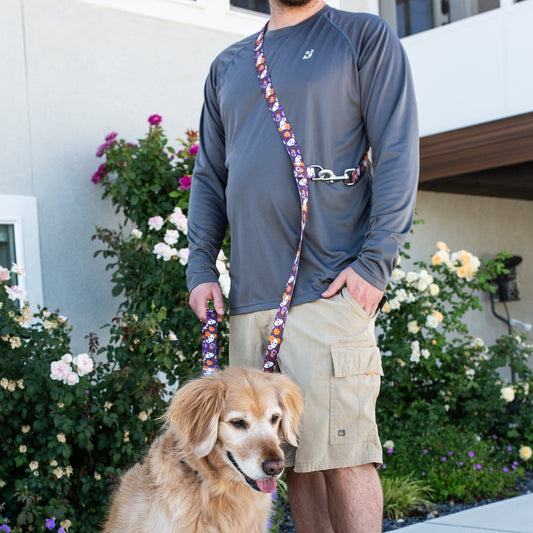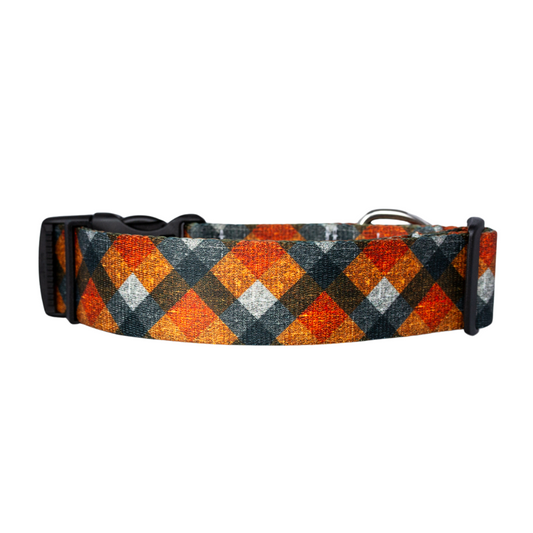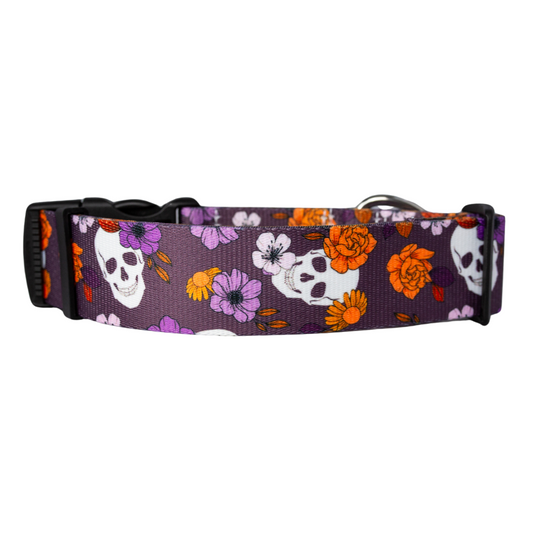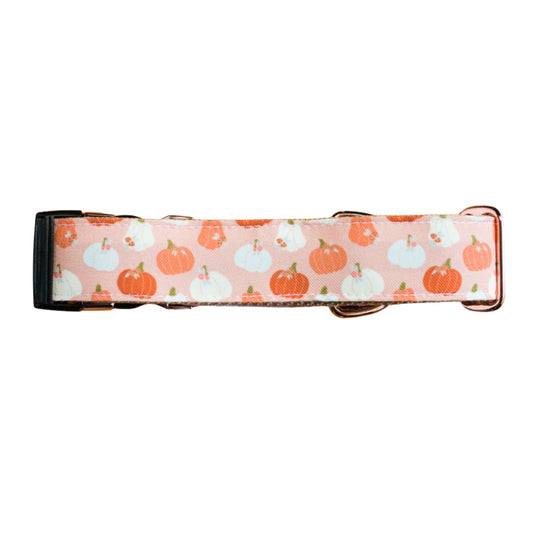The Ultimate Guide to Choosing a Durable Dog Harness for Active Pups
Are you a dog owner with an active furry friend who loves to explore the great outdoors? If so, finding the right dog harness is crucial to ensure their safety, comfort, and freedom of movement. With so many options on the market, it can be overwhelming to choose the perfect one for your active pup. But fear not! In this ultimate guide, we'll walk you through everything you need to know to make an informed decision. From understanding the different types of harnesses and their benefits to considering factors like durability, adjustability, and reflective features, we've got you covered. We'll also provide expert tips on fitting the harness correctly and offer recommendations for some of the top dog harnesses that are known for their durability and performance. So, whether you're planning a hiking adventure or simply want a reliable harness for everyday use, this guide will help you find the perfect fit for your active pup. Let's dive in and ensure your furry companion is ready for any adventure that comes their way!
When it comes to active dogs, having a durable harness is essential. Active pups tend to pull on the leash more, whether it's during a hike, jog, or simply exploring the neighborhood. A durable harness can withstand this extra strain and prevent wear and tear, ensuring that it lasts longer and remains in good condition. Additionally, a well-made harness provides better control over your dog, reducing the risk of injury or escape. It's crucial to invest in a harness that can withstand the demands of an active lifestyle and keep your furry friend safe and secure.
Before diving into the different types of dog harnesses, it's important to consider a few key factors that will help you make the right choice for your active pup. First and foremost, consider the size and breed of your dog. Different harnesses are designed for different sizes and breeds, so it's crucial to find one that fits your dog comfortably and securely. Additionally, think about the level of activity your dog engages in. If they're an avid hiker or runner, you'll want a harness that can withstand intense activity. Other factors to consider include adjustability, ease of use, and any special features, such as reflective strips for nighttime visibility. By considering these factors, you can narrow down your options and find the perfect harness for your active pup.
There are several types of dog harnesses that are suitable for active pups. The most common ones include the back-clip harness, front-clip harness, and no-pull harness.
1. **Back-clip Harness**: This type of harness has the leash attachment point on the back, which provides good control and is suitable for dogs who don't tend to pull excessively. It allows for natural movement and is generally comfortable for dogs to wear. However, it may not be the best option for dogs that pull excessively, as it can encourage pulling behavior.
2. **Front-clip Harness**: A front-clip harness has the leash attachment point on the front of the chest. This design helps redirect your dog's pulling force to the side, making it easier to control and discourage pulling behavior. Front-clip harnesses are great for dogs that tend to pull on the leash and are ideal for training purposes.
3. **No-pull Harness**: A no-pull harness is specifically designed to discourage pulling behavior. It typically features both a front-clip and back-clip attachment point, allowing you to control your dog's movement from multiple angles. No-pull harnesses usually have additional features like martingale loops or tightening straps that gently discourage pulling without causing harm or discomfort.
Each type of harness has its own advantages and disadvantages, so consider your dog's specific needs and behavior when choosing the right one.
When it comes to durability, the material of the harness plays a significant role. Opting for high-quality materials ensures that the harness can withstand the rigors of an active lifestyle. Some of the most durable materials for dog harnesses include:
1. **Nylon**: Nylon is a popular choice for dog harnesses due to its strength, durability, and resistance to wear and tear. It is lightweight, easy to clean, and dries quickly, making it suitable for water activities as well.
2. **Polyester**: Polyester is another durable material commonly used in dog harnesses. It is resistant to stretching, shrinking, and abrasion, making it ideal for active pups. Polyester harnesses are often reinforced with additional layers or padding for added durability.
3. **Neoprene**: Neoprene is a synthetic rubber material known for its strength, flexibility, and resistance to wear. Harnesses made with neoprene are highly durable and provide additional cushioning and comfort for your dog.
When choosing a harness, look for options that are made with these materials or a combination of them to ensure durability and longevity. Avoid harnesses made with cheap or low-quality materials that are more prone to damage and may not hold up during rigorous activities.
One of the most important aspects of choosing a dog harness is getting the right size and fit. A harness that is too loose may allow your dog to escape or slip out, while one that is too tight can cause discomfort and restrict movement. Follow these steps to ensure a proper fit:
1. Measure your dog's chest girth: Use a soft measuring tape to measure the circumference of your dog's chest, just behind the front legs. Take note of the measurement in inches or centimeters.
2. Check the sizing chart: Different brands have varying sizing charts, so refer to the specific brand's chart to determine the appropriate size for your dog. Compare your dog's chest girth measurement to the recommended size on the chart.
3. Adjust the harness: Once you have the right size, adjust the harness to fit your dog properly. Ensure that there is enough room for two fingers to fit comfortably between the harness and your dog's body. Check for any loose straps that may need to be tightened.
4. Test the fit: Attach a leash to the harness and take your dog for a short walk or jog. Observe how the harness fits and ensure that it doesn't rub or chafe your dog's skin. Make any necessary adjustments for a comfortable and secure fit.
Remember, proper sizing and fit are crucial for your dog's comfort and safety, so take the time to measure accurately and adjust the harness as needed.
When choosing a durable dog harness for your active pup, it's important to prioritize safety. Look for harnesses that offer the following safety features:
1. **Reflective Strips**: If you often walk your dog during low-light conditions, reflective strips on the harness can enhance visibility and ensure that your dog is easily seen by others.
2. **Padded Design**: A harness with padded straps or chest plates provides additional comfort and prevents rubbing or chafing, especially during long walks or hikes.
3. **Sturdy Hardware**: Check that the harness has strong and durable hardware, such as sturdy D-rings and buckles, to ensure that it can withstand the strain from an active dog.
4. **Escape-proof Design**: For dogs that are escape artists, look for harnesses with multiple attachment points or additional security features to prevent them from slipping out.
5.**Lockable neck buckle**: For dogs that dislike a harness being slipped over their head the neck buckle is perfect for easy on and off. Check out the Easy Click N Go Dog Harness
By choosing a harness with these safety features, you can have peace of mind knowing that your active pup is protected during all their adventures.
Remember to consider your dog's specific needs and behavior when choosing a harness, and read reviews from other active dog owners to get insights into the durability and performance of different models.
By taking into account the experiences of other active dog owners, you can gain valuable insights and make an informed decision when choosing a durable dog harness for your furry friend.
To ensure that your durable dog harness lasts as long as possible, proper care and maintenance are crucial. Here are some tips to keep your harness in top condition:
1. **Regular Cleaning**: Depending on the material, you can either hand wash or machine wash the harness. Follow the manufacturer's instructions for cleaning and drying to maintain its durability and integrity.
2. **Inspect for Wear and Tear**: Regularly check the harness for any signs of wear and tear, such as frayed straps or loose stitching. Replace any damaged parts or consider getting a new harness if it's no longer safe for your dog to wear.
3. **Avoid Excessive Pulling**: While a durable harness can withstand pulling, it's best to discourage excessive pulling to prolong its lifespan. Train your dog to walk politely on a leash and use positive reinforcement techniques to discourage pulling behavior.
4. **Store Properly**: When not in use, store the harness in a cool, dry place to prevent damage from moisture or sunlight. Avoid storing it in areas where it can get chewed or damaged by other pets.
By following these care and maintenance tips, you can extend the life of your durable dog harness and ensure it remains in excellent condition for all your adventures.




